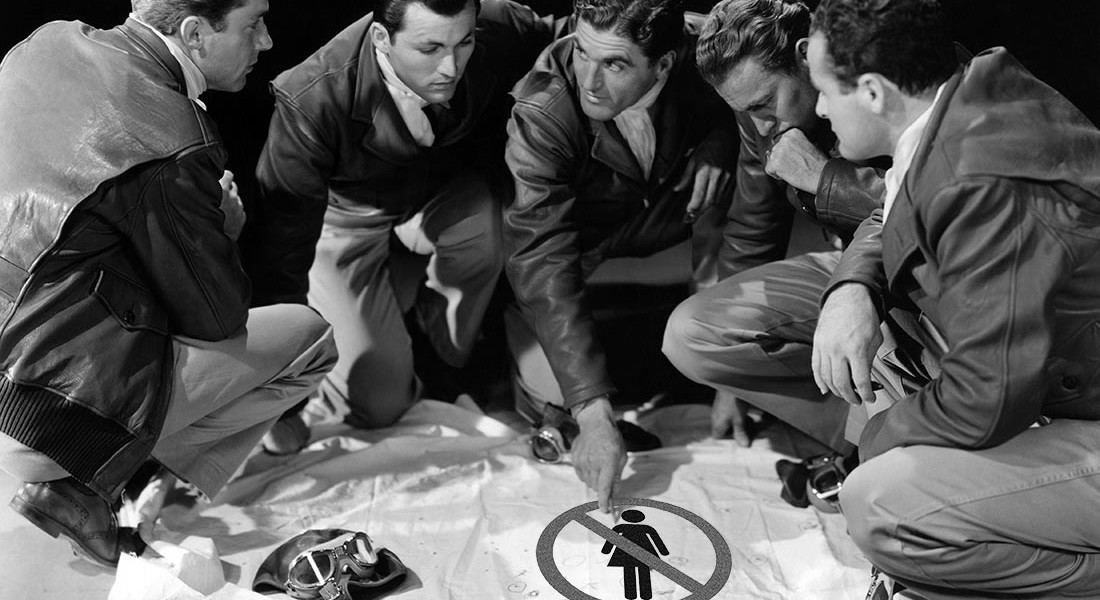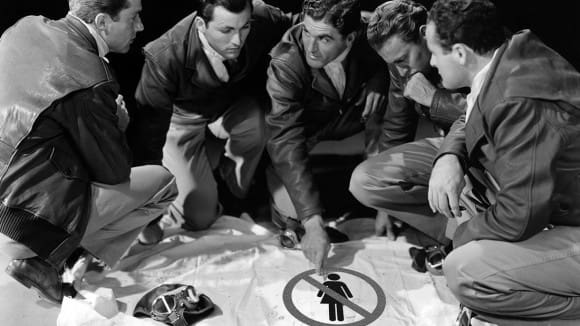

2015 Marks 2nd Straight Year Without A Woman-Directed Animation Feature
Last week the Directors Guild of America released its first-ever Feature Film Diversity Report, a distressingly comprehensive study about the absence of women and minorities in Hollywood’s directing ranks.
The DGA study found that during 2013 and 2014, just 6.4% of Hollywood film directors were women. Even more damning, just 3% of Hollywood productions that earned more than $10 million in box office were directed by women.
As 2015 draws to a close, I thought it might be useful to compare broader Hollywood to our little corner of the movie business. Surely, animation can’t be anywhere near as exclusionary as the live-action world, right? Well, it turns out we’re even worse.
I looked at films that have been released in 100-plus theaters, a benchmark that allows for the inclusion of non-major releases as well. In 2015, 11 films received such releases, and all 15 directors (some films had multiple directors) were male. I went back another year to 2014 when 13 films were released in 100-plus U.S. theaters. Again, every single one of the 18 directors was male.
That’s a continuous streak of 24 animated films and 33 directors who have been 100% male. For the last mainstream American animated feature that was directed by a woman, you have to go back all the way to November 2013 when Disney released Frozen. Jennifer Lee co-directed that film with Chris Buck, and it went on to set an animation record for worldwide box-office gross.
The gender imbalance in Hollywood, in the words of New York Times film critic Manohla Dargis, “has helped create and sustain a representational ghetto for women,” a situation that she describes as “immoral, maybe illegal.” She’s not exaggerating about the illegal part either: the domination of male directors in Hollywood is so persistent and overwhelming that the U.S. government recently launched a federal civil rights investigation into the matter.
On the animation front, the situation won’t improve in the short term. True, DreamWorks’ next film, Kung Fu Panda 3, is co-directed by Jennifer Yuh, and DreamWorks (more than any other studio) deserves credit for pushing diversity in its directorial ranks. On the other hand, Disney will release Moana in 2016, a film starring a teenage princess, which is directed by two men who will soon be eligible for Social Security.
Moana’s directors, John Musker and Ron Clements, are both gentlemen who are worthy of respect and admiration, and if Disney greenlights their projects, more power to them. The problem, I want to be clear, isn’t with them at all, but the question has to be asked of the Disney studio execs who greenlit Moana: In this enlightened moment in American history, how can any studio justify the near-exclusive hiring of middle-aged men to tell intimate stories about the lives and experiences of young women?
No less than Frozen’s own Jennifer Lee recently criticized the naive portrayals of women in contemporary Hollywood. “I’ve gotten into watching old movies on TCM, and what kills me is the female characters are fantastic, complicated, messy, and they aren’t oversexualized, and I love them,” she told the New York Times. “So the shift is maybe that boys will go to movies starring women if they are drawn realistically as characters — powerful and strong and messy and dynamic and all the other things that make a great character.”
Last year Meryl Streep made waves throughout Hollywood by bashing Walt Disney as a “gender-bigot.” What she failed to acknowledge is that 75 years later, the American animation industry, in spite of tremendous growth, remains as segregated and sexist as before. The animated feature output of 2015 reflects that unfortunate reality.
(Photo-illustration: Shutterstock.com/Everett Collection)

.png)